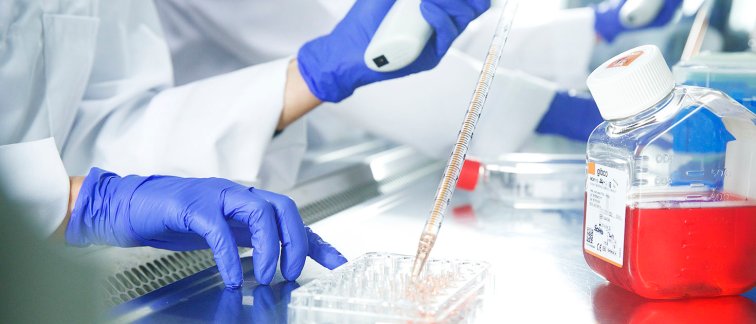This report by Netherlands Federation of University Medical Centres (NFU) and Centre of Science and Technology Studies (CWTS) has been published in March 2021 and addresses the research impact of the Dutch UMCs over the years 2015-2018. The number of publications of Amsterdam UMC is noteworthy. “We are working hard on our output,” says Hans Romijn, Chair of the Board of Directors of Amsterdam UMC.
Link of research with education and care
The UMCs aim to contribute to a healthier and more prosperous society with their research. “We keep working towards better health for everyone, made possible by the unique link of research with education and care, and the extensive support provided by regional, national and international partnerships,” says Margriet Schneider, Chair of NFU.
A culture of collaboration
The UMCs are active in a large number of partnerships. They are the ‘academic driver’ in their own region, foster a culture of mutual cooperation, and collaborate with many institutions in Europe and the rest of the world. Each UMC has a prominent role in research and is in the same league as top international institutions. Taken as a whole, the Dutch UMCs cover a wide range of research topics in the (bio)medical and health sciences fields and in public health. This wide range of topic activity is visualized in the figure below.
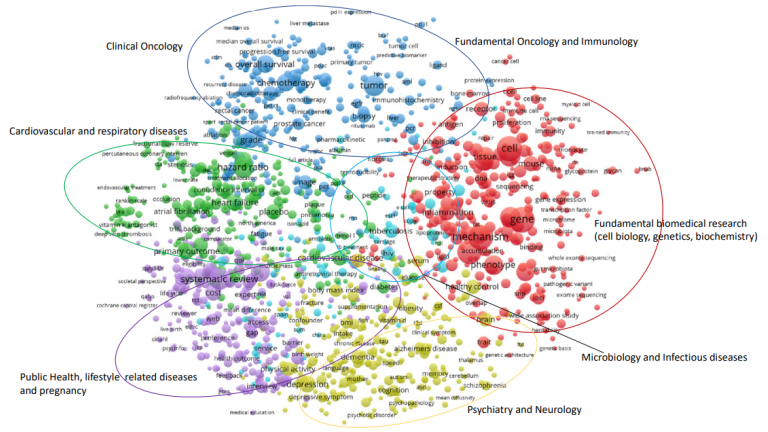
Figure 1: Annotated term map showing broad level of topic activity of the Dutch UMCs in 2018.
The cooperative genes of Amsterdam UMC
When zooming in on the research networks of the Amsterdam UMC, the report shows that researchers of Amsterdam UMC collaborate with many top institutes on both national and international level. By these means, researchers can compare their results in different countries, across different populations, but also spread the scientific breakthroughs and clinical improvements across knowledge institutes and medical centers. The figures below illustrate the international (academic) collaboration network and national non-university network of Amsterdam UMC.
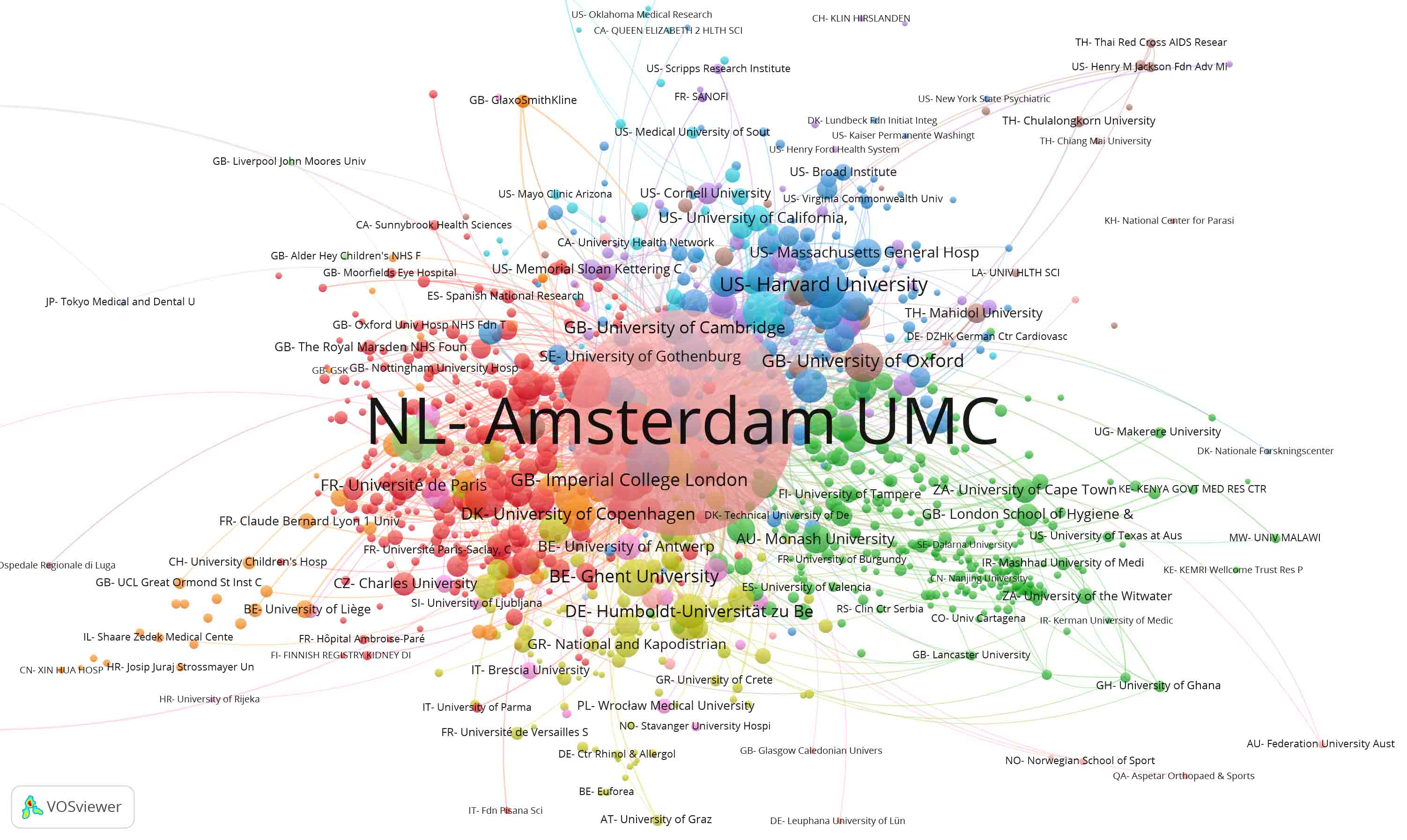
Figure 2: Collaboration map showing the most important international collaborators on scientific publications of Amsterdam UMC in 2013-2018.
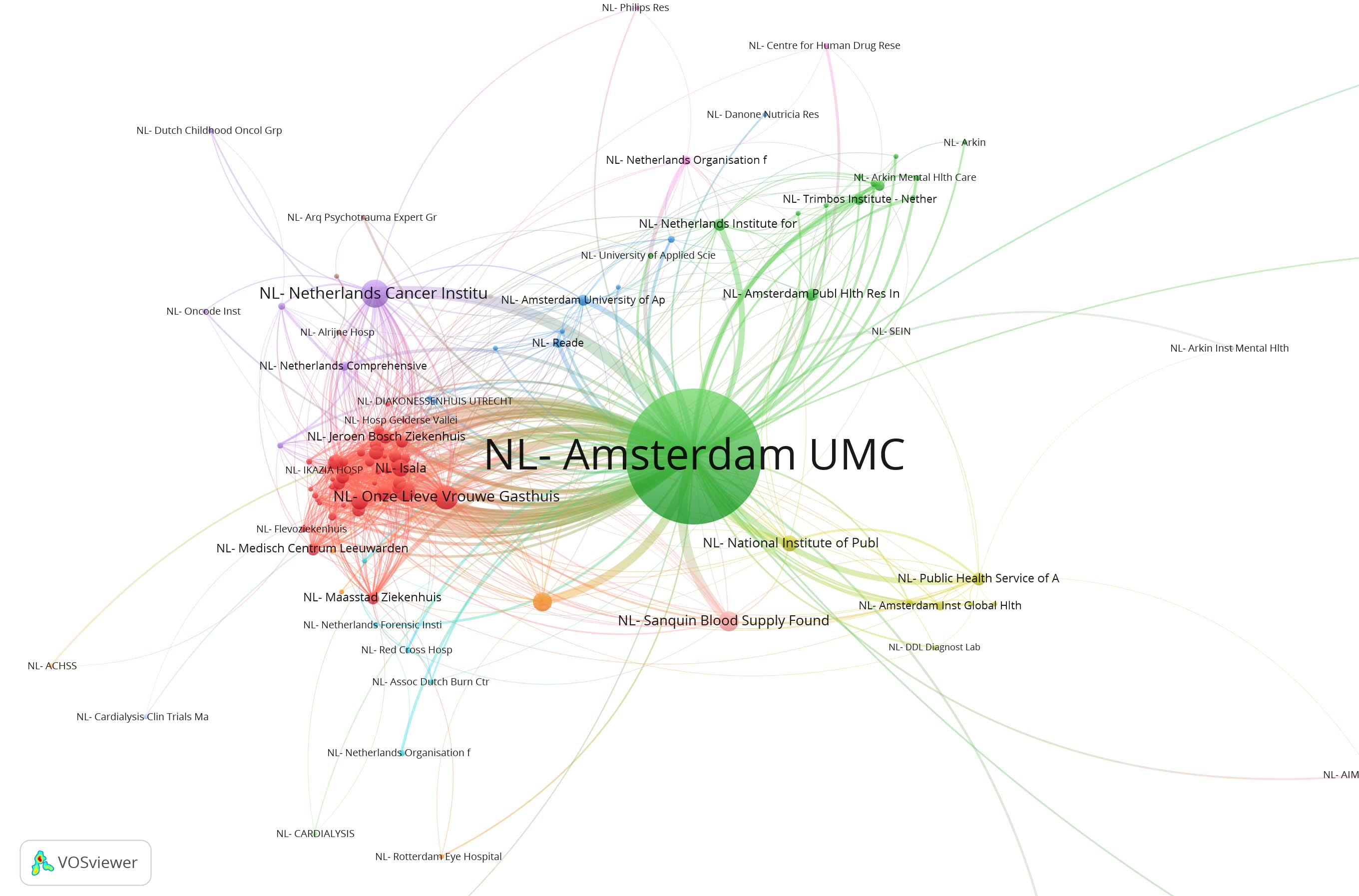
Figure 3: Collaboration map showing collaborations with national non-university partners on scientific publication of Amsterdam UMC in 2013-2018.
Applying knowledge
The NFU report also analyzes the impact of research results. It showed that our research contributes to the general knowledge about healthy lifestyle and provides input for government decisions. In addition, this knowledge is used in clinical guidelines, treatment protocols and/or innovations both inside and outside the hospital. Besides this medical application, society utilizes this scientific knowledge too by referring to it in guidelines, policy documents and news media.
Publications and citations
The research of the Dutch UMCs scores at the international top, in terms of both volume and citation impact. In other words, the research of the UMCs can be stated as being of the highest level worldwide, illustrated in the figure below. Open Science is an important tool in sharing this excellent research. By granting free acces to research results, scientific knowledged is shared and its impact is enhanced. In 2018, an impressive 70% of research papers was accessible online. “And that is how it should be with research that has been made available with public money. The government needs to realize this,” states Romijn. “To maintain this unique position, it is necessary for our government to invest more in biomedical research.”
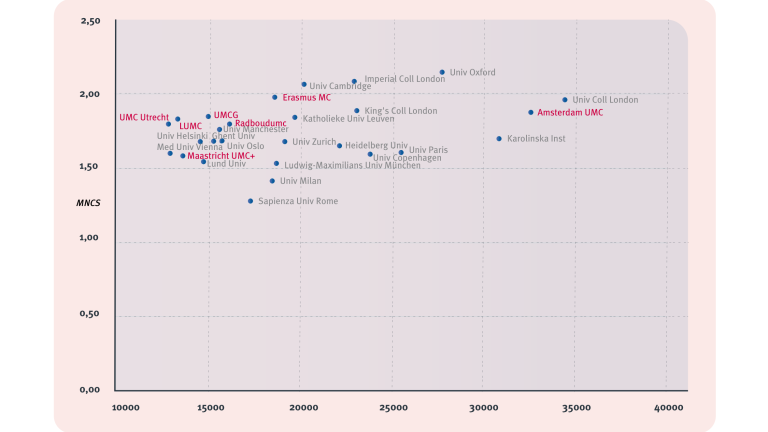
Figure 4: Output compared to impact (mean normalized citation score (MNCS) vs. number of publications per institute), Dutch UMCs and the top-20 European universities in biomedicine, 2013-2018.
Proud
A special feature of the outcome is that Amsterdam UMC publishes a relatively large amount of papers. Romijn: “Both in terms of the number of publications as the number of times our articles are cited by others, we are delivering a good deal of research at Amsterdam UMC.” The report uses data from the years 2015-2018, when there was no Amsterdam UMC yet. “In fact, you cannot say anything about the merger to Amsterdam UMC,” says Romijn. “But added up, AMC and VUmc do score high. I expect when redoing this analysis in a couple of years, it will really show the benefits of the merger, because a more intense collaboration allows us to perform even better research.”
Read the analyzes in the Impact 2015-2018 report.

